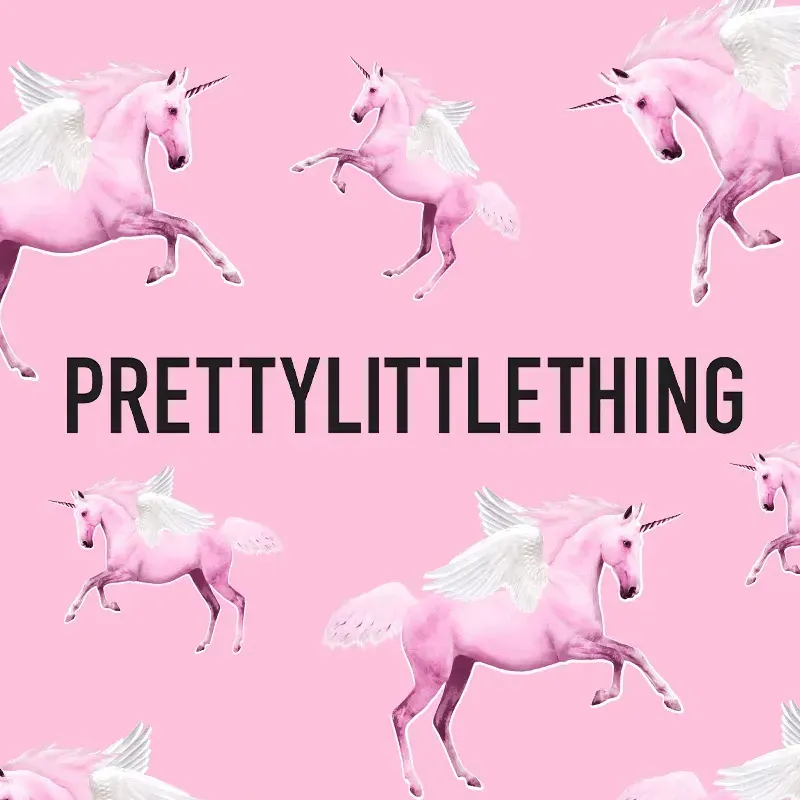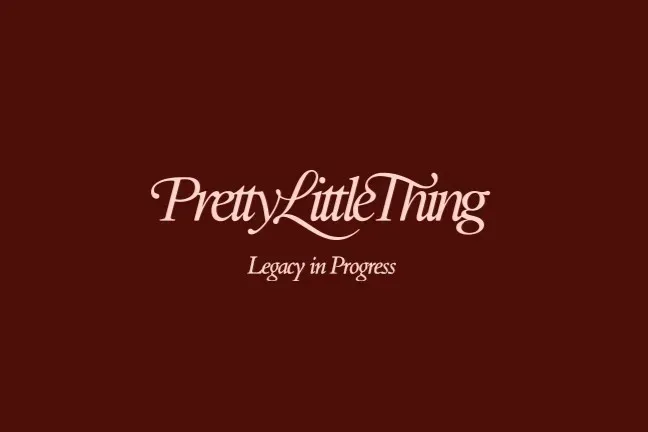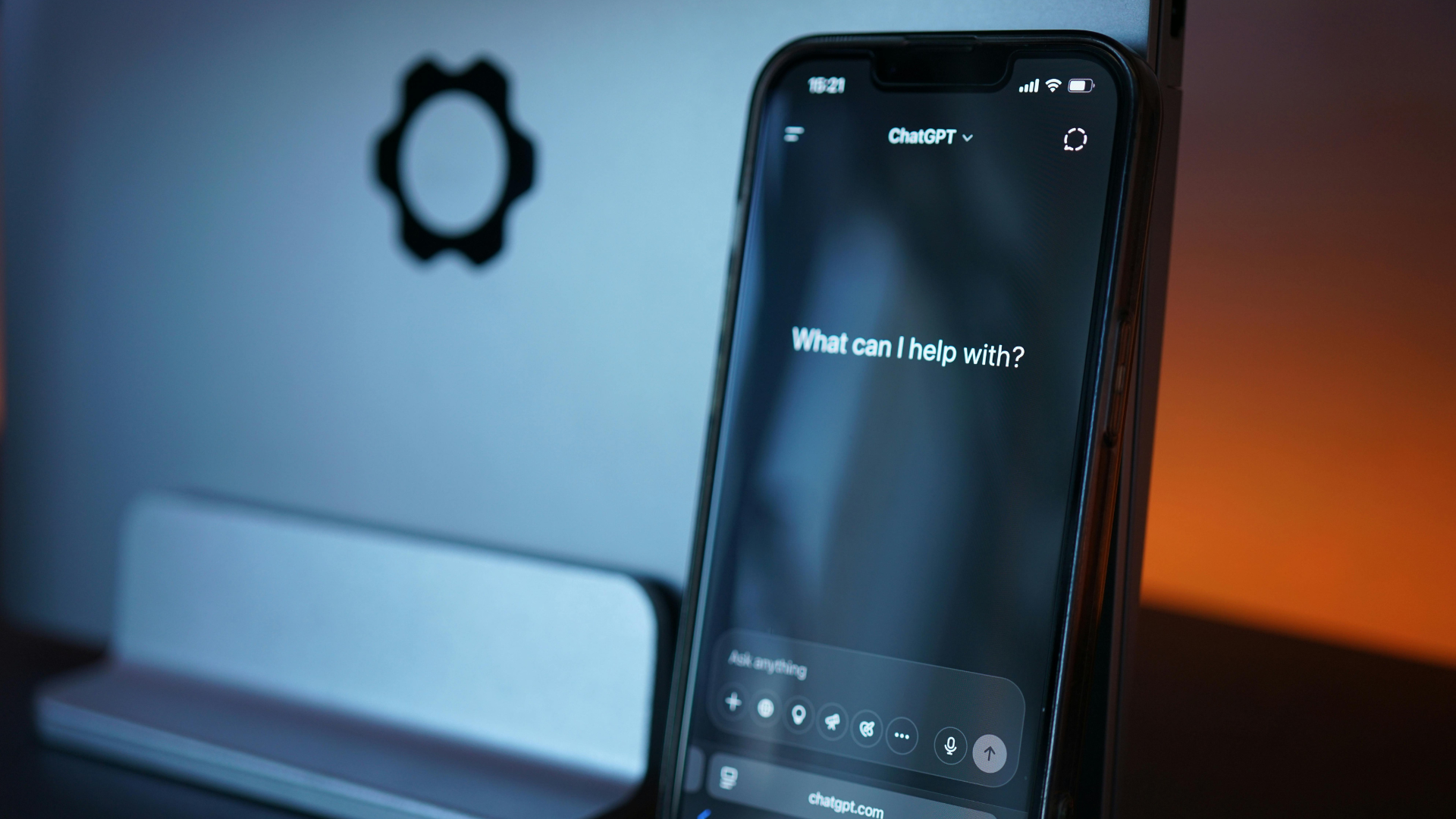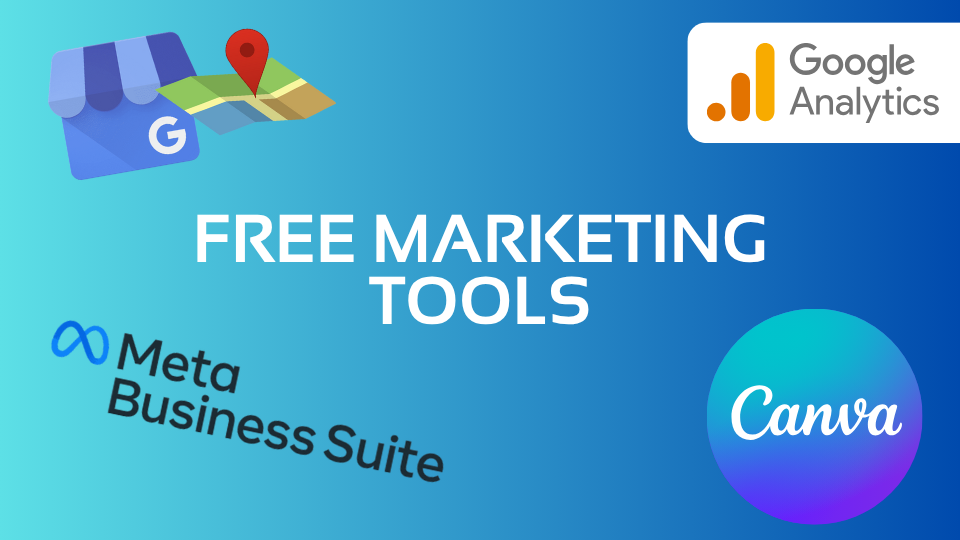What Brands Can Learn from the PrettyLittleThing Rebrand Backlash

Founded in 2012, PrettyLittleThing quickly became a go-to online fashion retailer for bold, trend-driven styles at affordable prices. The brand, a subsidiary of Boohoo Group, became a staple for Gen Z and millennial shoppers with its glam aesthetic, flashy campaigns, celebrity collaborations, and emphasis on inclusivity. Known for its bodycon dresses, bright colors, and head-turning designs, PLT made its mark by leaning into the fast-fashion space with unapologetic confidence and a strong, recognizable voice.
From Loud & Proud to Quiet & Confused
PrettyLittleThing built its reputation on being loud, unapologetically fun, and fiercely Gen Z. Think neon bodysuits, rhinestones, and festival-ready fits that screamed “main character energy.” But in a surprising shift, PLT’s rebrand introduced minimalist designs, earthy tones, and a stripped-back website that looked more like a luxury boutique than a fast-fashion powerhouse.
According to The Cut, the rebrand didn’t just confuse customers—it alienated them. PLT fans were quick to note the lack of size inclusivity, dramatic changes to product styles, and a tone that no longer felt “for them.” As one viral comment pointed out, “PrettyLittleThing is now PrettyConfusedCustomer.”
@lamodedarelle What do you think of the PLT rebrand? because my shock when i opened the PLT site was funny🤣i never expected but then again maybe i should as classy aesthetics are ‘on trend’ - is that such a bad thing? #prettylittlething #plt #fastfashion #mollymae #foryoupagee ♬ original sound - LaMode X Darelle
When Rebranding Misses the Mark
Rebranding can be a powerful move for a company when done strategically. But when a brand strays too far from its core identity without clear communication, it risks losing the trust and loyalty of its community.
In PLT’s case, the pivot toward “quiet luxury” seemed to chase a trend rather than reflect the brand’s authentic voice. Without transparency about why the shift was happening or how it served their customer base, it came off as disjointed and out of touch.
Raconteur highlights that the new direction may have been an attempt to keep up with evolving fashion trends, but a disconnect between audience expectations and brand messaging ultimately led to backlash.


How We Help Brands Stay Aligned
At Performance Digital, we know that your brand is more than just your logo or color palette—it’s your story, your values, and your relationship with your audience. Rebrands can be powerful tools for growth, but they require thoughtful execution and a deep understanding of your audience's evolving needs.
Here’s how we can help:
- Data-Driven Strategy: We use audience insights and engagement analytics to guide your rebrand or refresh, ensuring your message resonates before launch.
- Creative Consistency: Our content strategists and designers keep your visuals, voice, and values in sync—so you never feel like a stranger to your followers.
- Transparent Communication: Whether you’re rebranding or just refining, we help you communicate the “why” behind every change, so your customers stay with you through the journey.
- Social Listening: We monitor real-time feedback to adjust your strategy as needed, so you’re always tuned into your audience.
The Takeaway
PrettyLittleThing’s rebrand is a lesson in what happens when brand identity and customer expectations are out of sync. While it's okay (and even necessary) for brands to evolve, successful rebrands are rooted in strategy, transparency, and a deep understanding of the community.
If your brand is thinking about a refresh or just wants to strengthen its current identity, Performance Digital is here to guide the process with purpose and precision.
Let’s build something your customers will recognize and rally behind.


